Peter Pearson 40 Years in Business Anniversary
In May of 1979, I embarked on my entrepreneurial adventure, diving headfirst into the world of computer cables. My journey began with the then lesser-known Nokia, a company crafting cables to rival the American giant Belden Cables. Little did I know that this would mark the birth of a four-decade-long business odyssey.
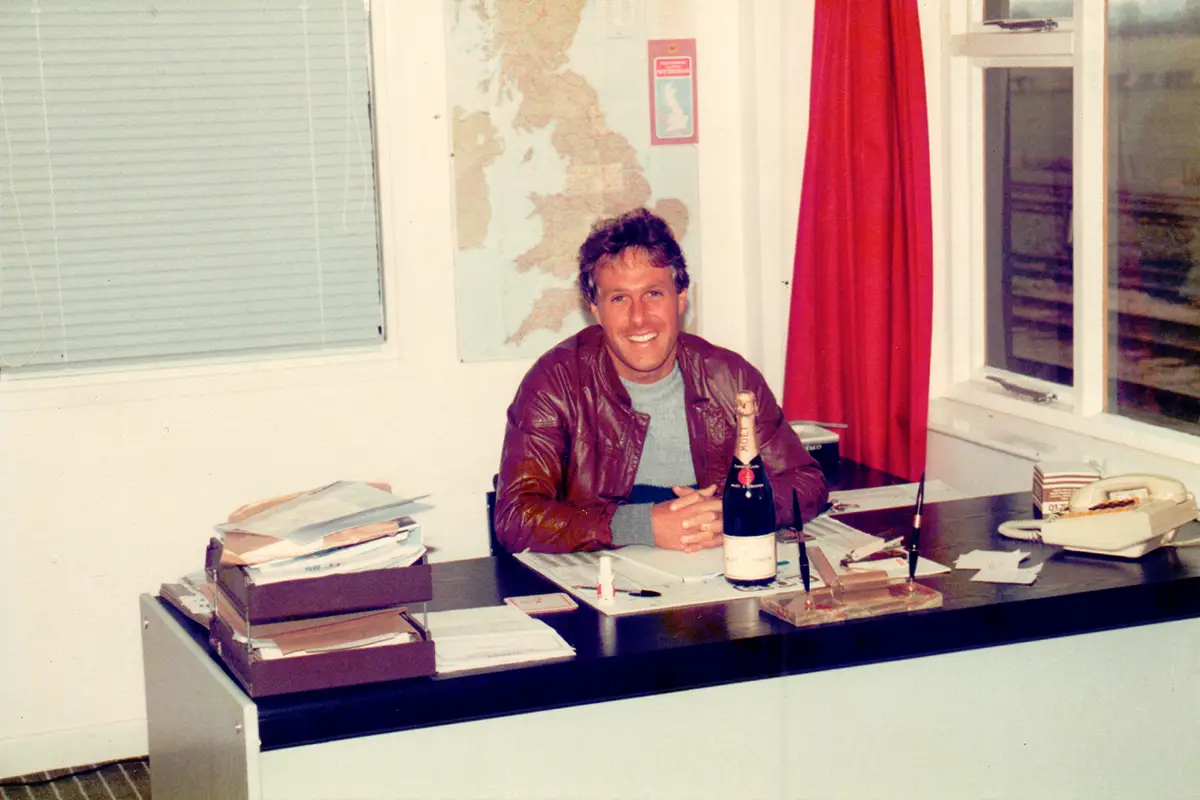
Cablenet: Where it all started
In 1983 I decided to set up my own company to sell computer cables in an industry at that time dominated by manufacturers' propriety cabling systems by IBM, Digital Equipment Company (DEC), ICL, and Wang, to name a few. Each had their own unique cabling solutions, spanning from coaxial to fully shielded special cables employing twisted pair technology.
This picture, taken during the early days, captures a moment when cables surrounded me, painting a picture of abundance. In reality, that was our entire cable inventory, complete with many empty reels strategically arranged to give the illusion of a more extensive operation than we were.
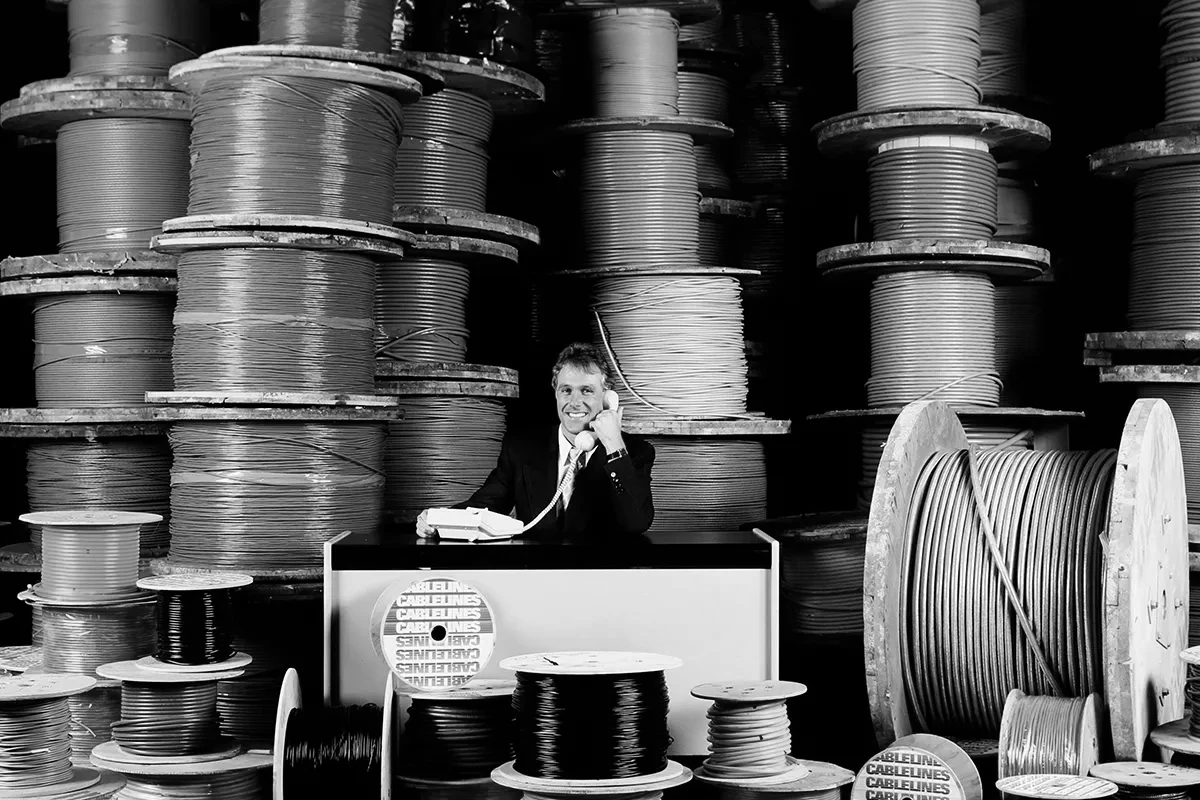
Living and learning the cabling standards
At the same time, a technological revolution was unfolding with the emergence of Ethernet, based on the OSI model of open systems. It was poised to revolutionise the landscape, rendering manufacturers' proprietary cabling systems obsolete. My first experience with Ethernet cables involved the production of Thick Ethernet cables, the 50-ohm coaxial yellow cables that connected Ethernet devices through AMP Vampire Taps, screwing into the coaxial cable, which allowed a drop cable to connect a device to the Ethernet Network. After shipping out my first reel, the installer called to ask, "Where are the Tap marks?" I humbly replied, "I have no idea what you're referring to". Unbeknown to me, the cable had to be marked every 2.4 metres with a black ring that told the installer where he could use the AMP vampire tap. This 2.4m rule had to be followed; if not, there would be an impedance mismatch and packets of information would be lost. This was my first experience of what would become the world standard for networking, and ever since then, I have followed standards more closely.
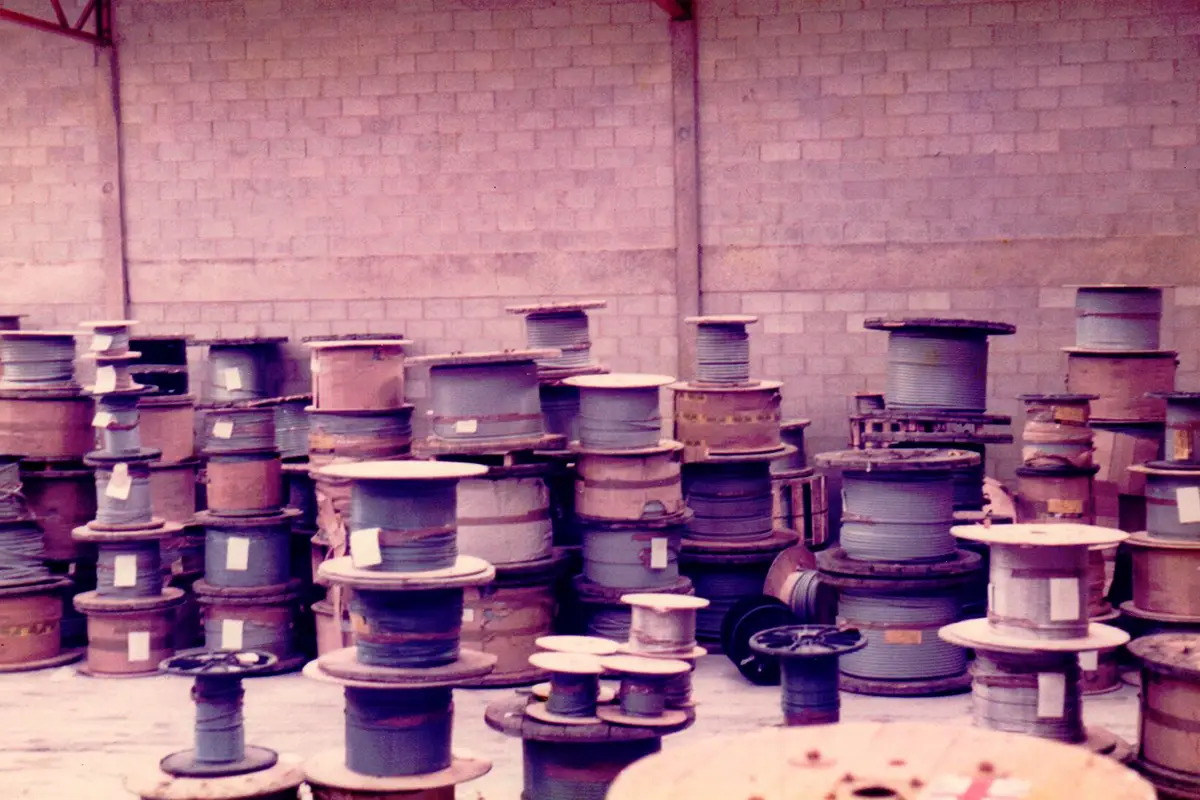
The revolution and evolution of ethernet
During the 1980s, Ethernet underwent a series of transformations, from Thick to Thin, and the advent of twisted pairs. At the same time, Ethernet and OSI standards at "the physical layer," i.e., Cables, introduced twisted pair technology into Ethernet. AT&T, a telecommunications juggernaut, led the charge to break IBM's dominance and expand its market presence by running Ethernet on POTS (plain old telephone cable). This move accelerated the shift from many different types of computer cables to a single Twisted Pair cable.
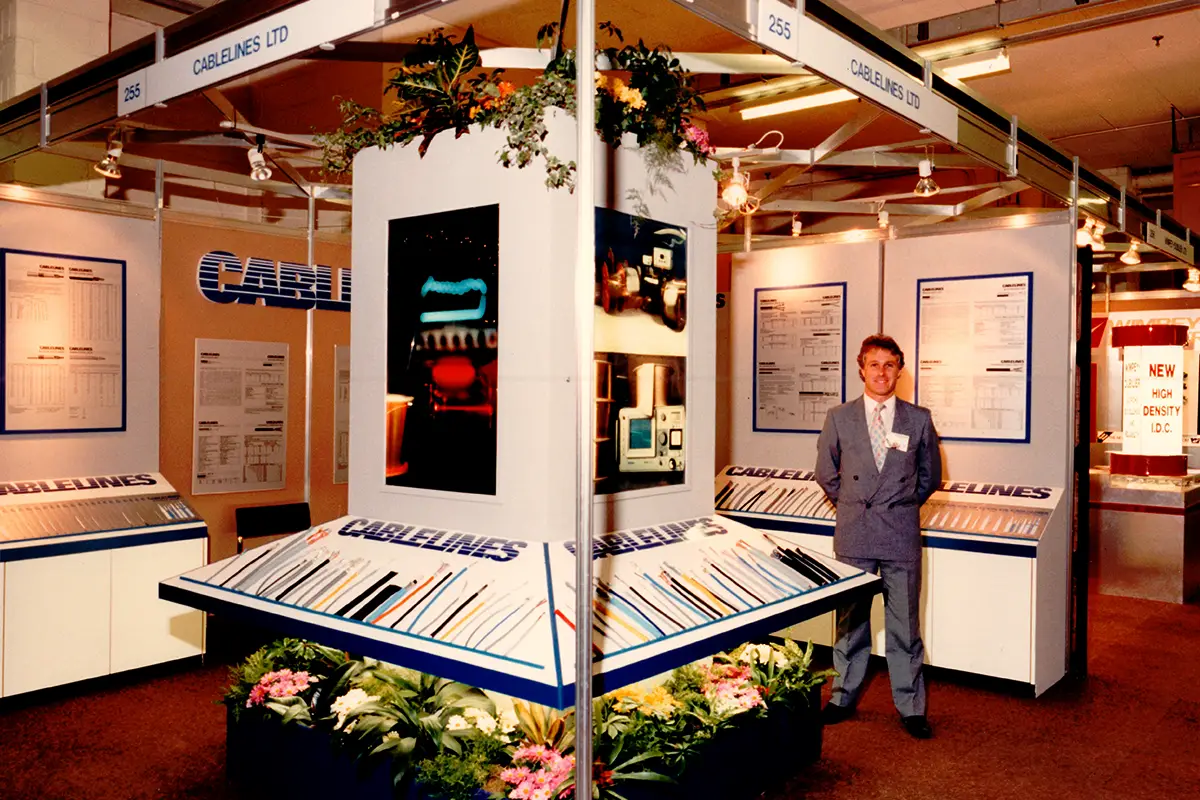
The right person, the right place, the right time
Fortunately, I was among the early adopters of this technology, importing a rival manufacturer from the United States, thus kickstarting my three-decade involvement in Twisted Pair cabling. These first cables were Level 2 (slow) telephone-grade. Still, as Ethernet and OSI open standards gained traction, the demand for faster transmission speeds led to the development of Level 3 and 4 cables. Eventually, international standards bodies harmonised these into what we now know as Category-class cables, starting with Category 3, which has evolved to Category 8, though Category 6a currently holds a prominent position.
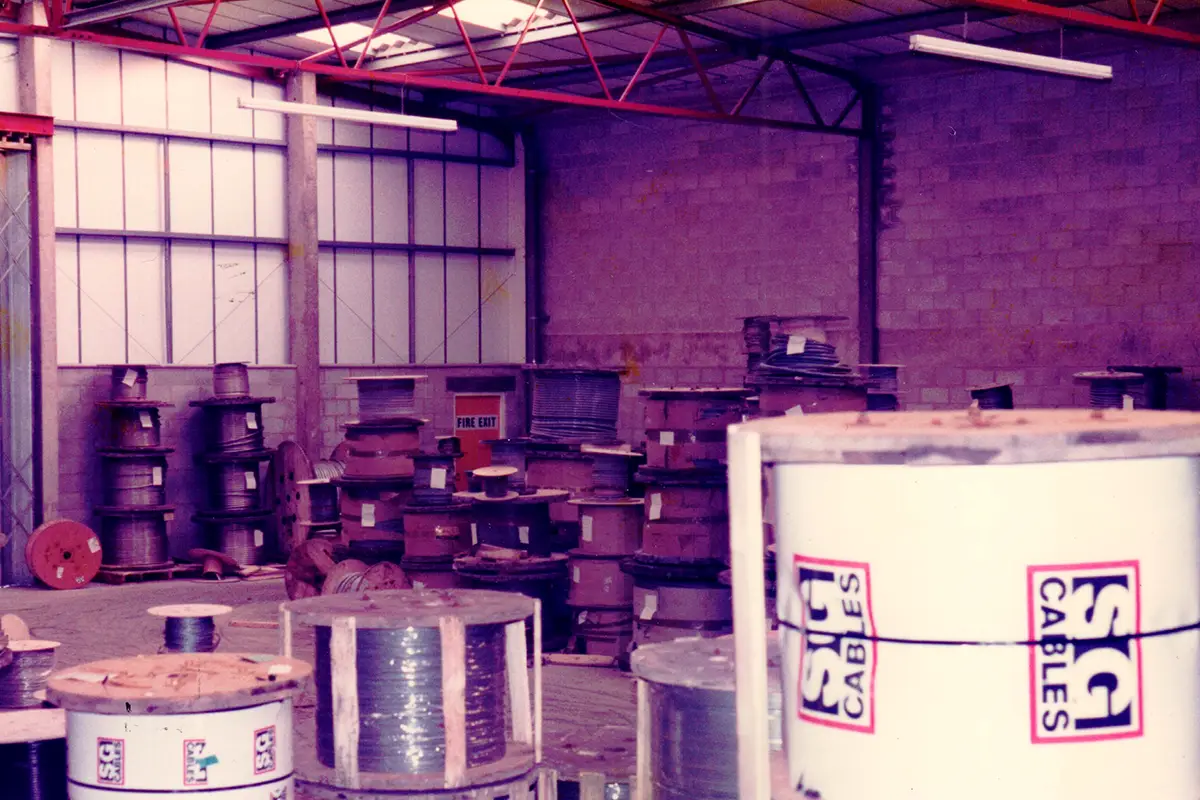
At the same time as these advancements, personal computers entered the scene, connecting via twisted pair networks. The need for PC accessories followed, starting with serial and parallel print cables, which evolved into USB, HDMI, and the myriad cabling accessories and connector options we employ today. The advent of PCs marked the decline of the mini and mainframe era, with newcomers like Apple and Dell reshaping the computing landscape.
A journey from family business to market leader
Reflecting on our humble beginnings, we began constructing patch leads in our Nottingham workshop, employing outworkers, including my sister-in-law. Initially producing around 1,000 leads per week, demand increased exponentially. Eventually, we shifted our production to the Far East, and this year alone, we have sold more than 2.3 million patch leads.
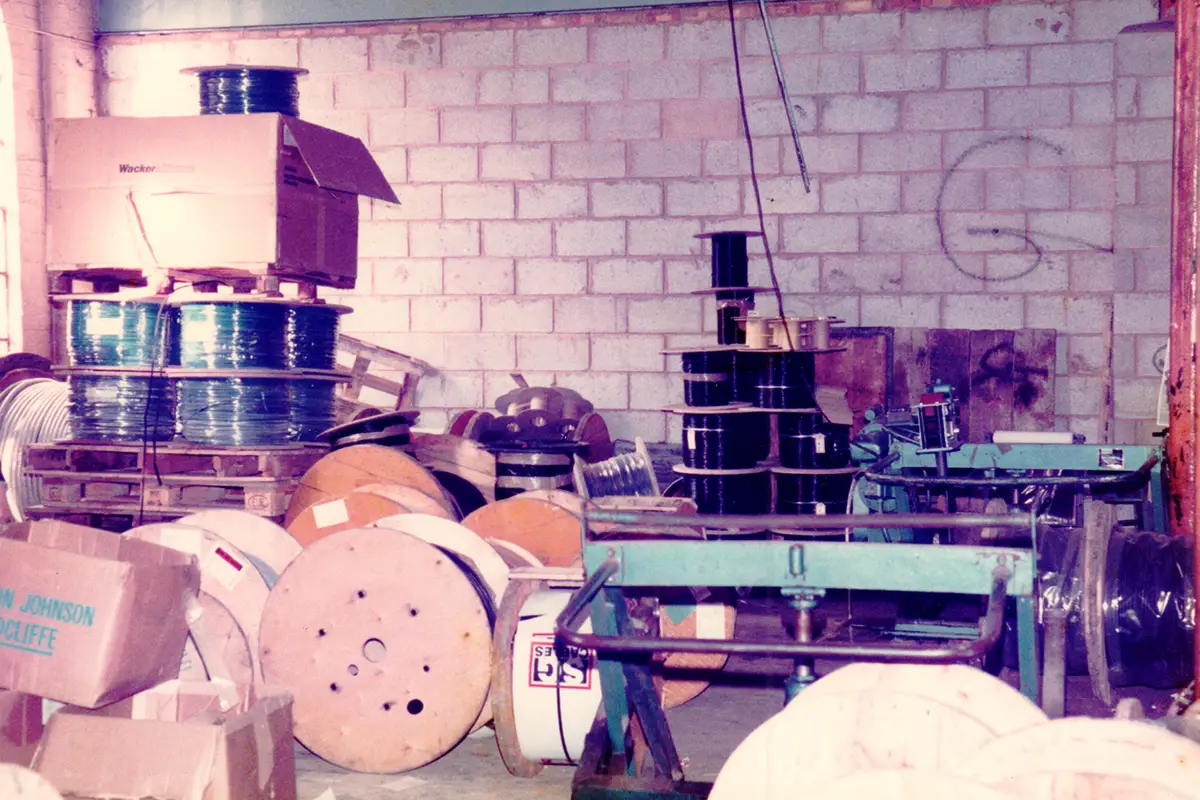
Looking back to when I started, there were three primary forms of communication - written letters, phones, and Telex. How many of us today can remember Telex? During my time in business, I've witnessed a transformation from Telex to fax, then the proliferation of email, the rise of Google, and the current era of automated EDI communication. A recent visit to one of our top clients in Manchester revealed a fascinating insight - over 600 desks, yet not a single dedicated phone. They used Microsoft Teams for their communication, and it will be interesting to see how the ever-changing world of communication will evolve over the next decade.
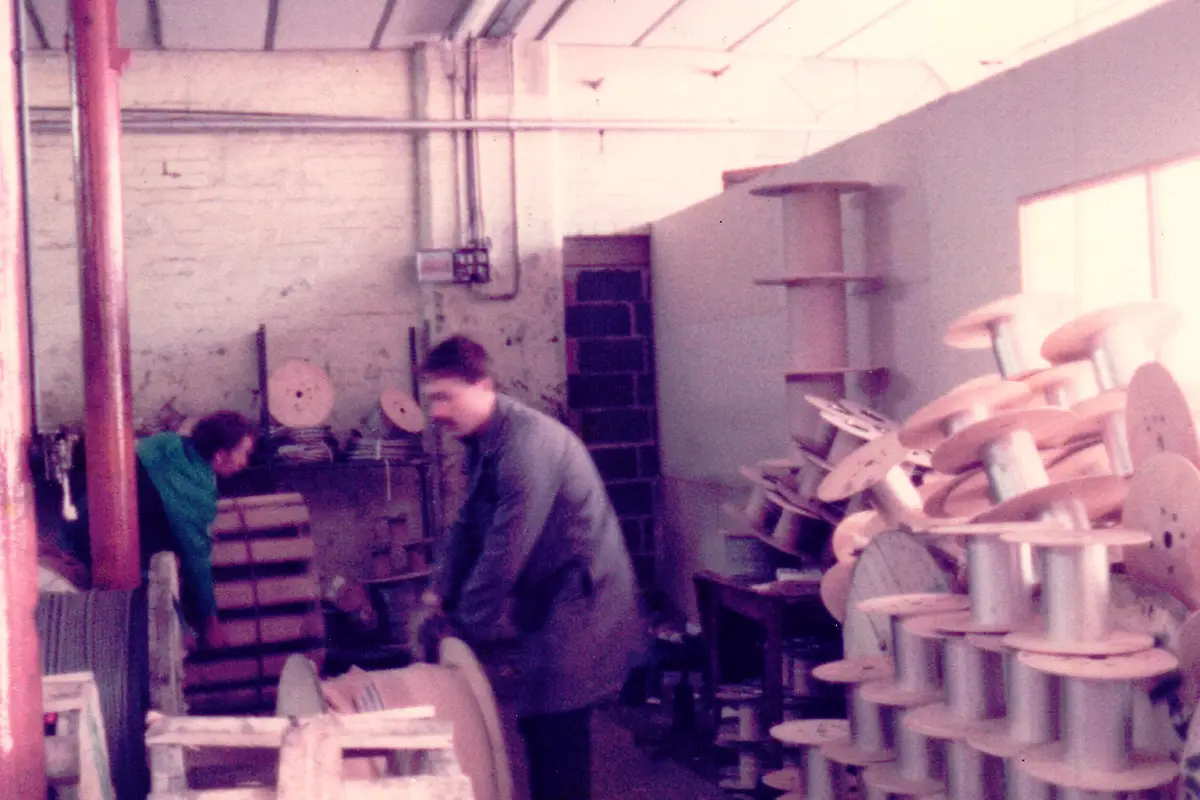
When I started back in 1983, we were in the middle of a major recession, but I like to think that I was lucky to start in an industry that has continued to grow for over 40 years. Whilst you will have read that I have seen many technology changes, the most enjoyable part of this incredible journey has been to see all the people I have worked with grow and prosper. A whole lot of thanks must go to all my staff who have accompanied me at various times on this journey, and I also have to recognise the importance all these members of staff who have been with me over the years. I also like to thank all the customers and suppliers, far too many to list here, who I have enjoyed working with.
Peter Pearson

